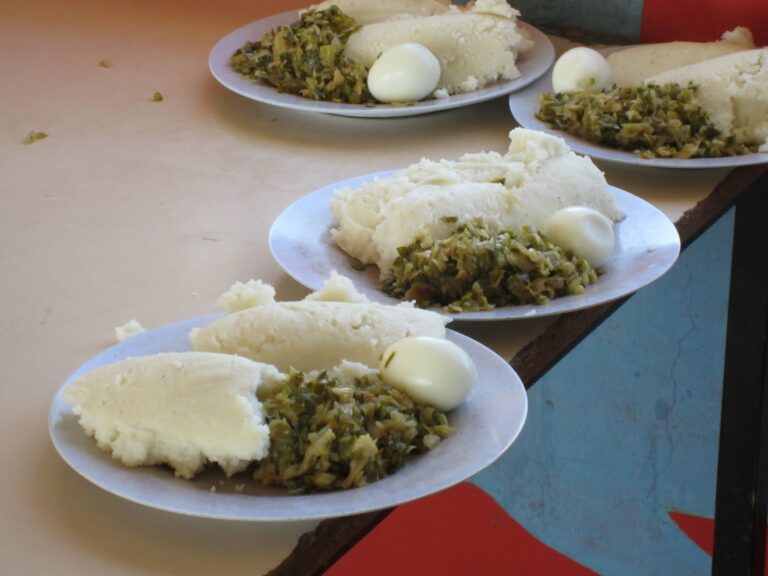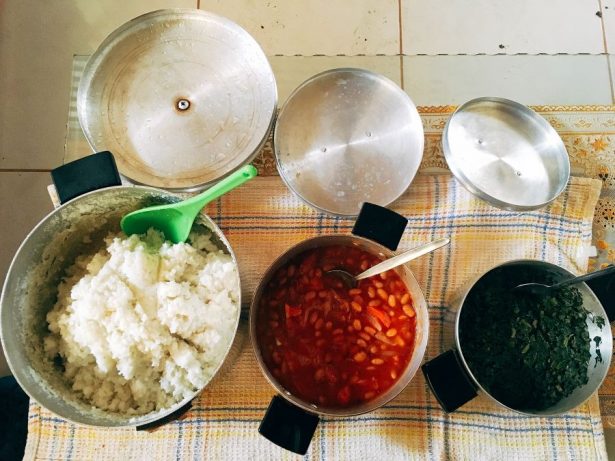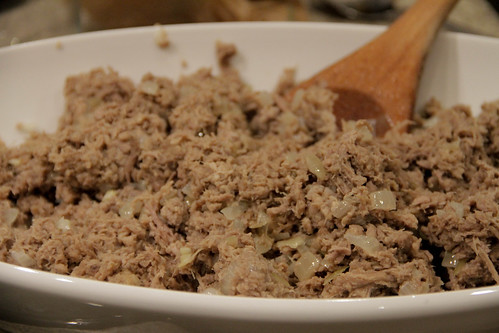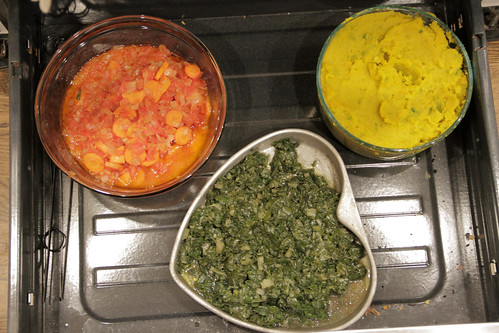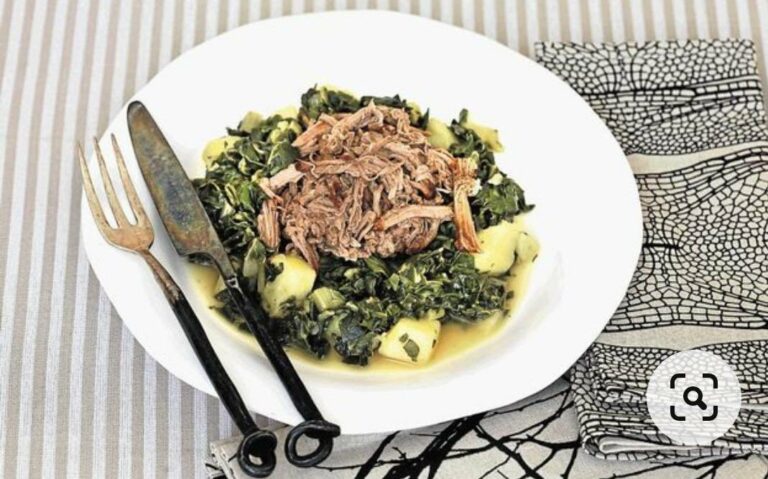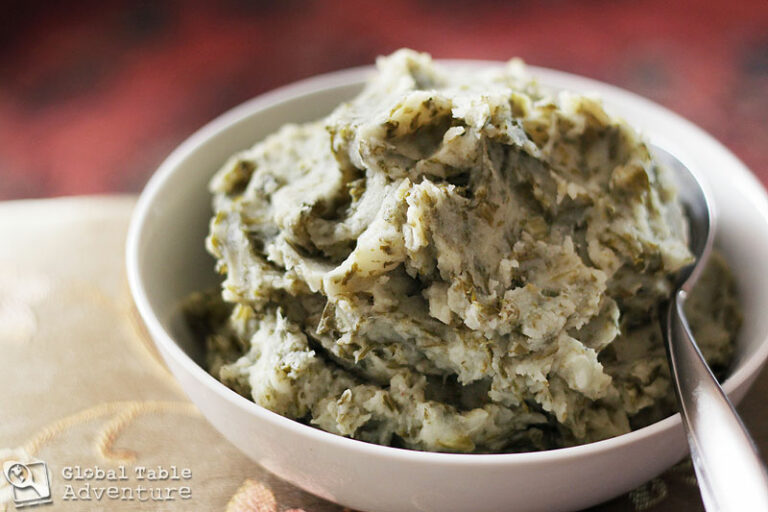Introduction: Lesotho Cuisine
Lesotho, a country in southern Africa, is known for its rich culture and history, which is reflected in its cuisine. The country’s cuisine is influenced by its neighboring countries, which include South Africa, Swaziland, and Mozambique. Lesotho’s cuisine is characterized by its use of meats, vegetables, and grains, which are often cooked in stews and soups.
Traditional Lesotho Spices
Lesotho’s cuisine is known for its use of traditional spices, which give its dishes a unique and distinctive flavor. Traditional Lesotho spices include cinnamon, ginger, coriander, cumin, and paprika. These spices are often used in combination to create complex and flavorful dishes.
Varieties of Lesotho Dishes
Lesotho’s cuisine is diverse, with a variety of dishes that are influenced by its neighboring countries. Some of the most popular dishes in Lesotho include sesotho, a meat and vegetable stew, and pap, a porridge made from maize meal. Other popular dishes include moroho, a spinach and bean stew, and chakalaka, a spicy vegetable relish.
Commonly Used Spices in Lesotho
In addition to traditional spices, Lesotho’s cuisine also incorporates other common spices, such as garlic, onion, and black pepper. These spices are used to enhance the flavor of dishes and can be found in a variety of Lesotho’s most popular dishes.
The Spice Level of Lesotho Food
While Lesotho’s cuisine is known for its use of spices, it is not necessarily considered to be spicy. The spice level of Lesotho’s dishes varies depending on the recipe and the cook. Some dishes, such as chakalaka, may be quite spicy, while others, such as pap, are not spicy at all.
Conclusion: The Spice Factor in Lesotho Cuisine
Lesotho’s cuisine is a flavorful mix of traditional spices and ingredients, influenced by its neighboring countries. While the country’s dishes are not necessarily considered to be spicy, they incorporate a variety of spices to create complex and unique flavors. Whether you are a fan of spicy foods or prefer milder flavors, there is sure to be a Lesotho dish that suits your taste buds.

